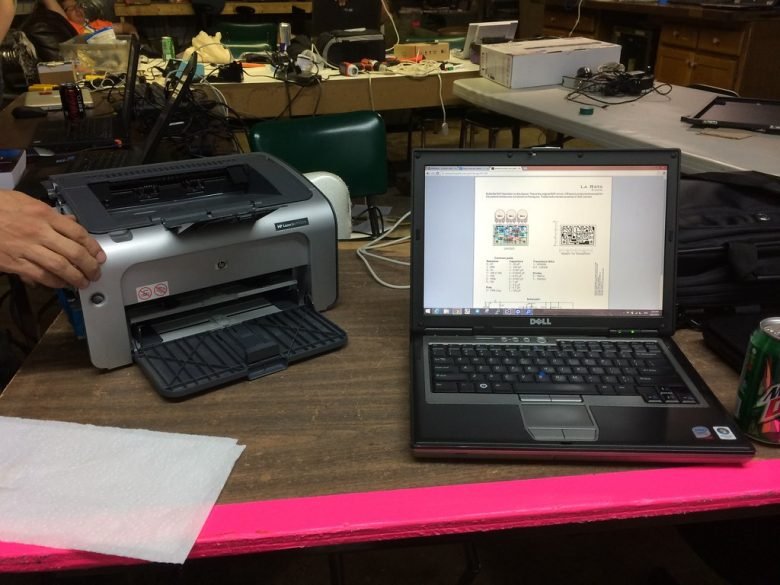In the realm of custom apparel and design, screen print transfers stand out as a versatile and dynamic method to bring your creative visions to life. Whether you’re a seasoned professional or a hobbyist looking to explore new possibilities, this guide will take you through the essential steps of making screen print transfers using various techniques. From traditional screen printing to modern sublimation printing, we’ve got you covered. Let’s dive in!
Method 1: Traditional Screen Prints for Ultimate Precision
When it comes to achieving impeccable results, traditional screen printing remains a top choice. This method involves pressing ink through a stencil on a screen to create a screen print or plastisol heat transfer. Here’s a breakdown of the steps:
- Design your Stencil: Begin by creating a stencil design on transfer paper in reverse style. This allows you to achieve the right shape when flipped later.
- Prepare the Screen: Utilize a 150-thin thread mesh screen. Paste the stencil onto it with care.
- Apply Plastisol Ink: Spread the plastisol ink on the transfer screen evenly. To prevent ink from seeping under the stencil, apply a thin layer of plastisol ink at a 75° angle.
- Position Transfer Paper: Place the transfer paper beneath the inked screen. If you’re using a professional heat press, combine the two carefully. For plain screens, ensure precise alignment.
- Heat Press and Cure: Transfer the design to the plastisol screen by using a heat press. After pasting the design on the transfer paper, perform a flash-cure between 180°F and 260°F for optimum results.
Method 2: Elevate with Plastisol Transfer Paper
Plastisol transfer paper provides an effective way to craft screen print designs. Once you have the plastisol transfer, a heat press is all you need to transfer the design from the paper to the fabric. Consider these steps:
- Create an Attractive Design: Make your design using an emulsion stencil. Mix sensitizer and photo emulsion, spread it on the plastisol transfer paper, and let it dry.
- Design on Stencil Screen: Create an image on a stencil screen using the dried emulsion paper.
- Assemble for Heat Press: Align the design sheet, emulsion paper, and a transparent transfer sheet. Execute the heat press method for exceptional results.
Method 3: Swift and Efficient Sublimation Printing
Sublimation printing offers speed and versatility for screen print transfers. This method employs digital CMYK models and software designs to deliver vibrant, multi-color screen prints. Here’s the gist:
- Utilize a Sublimation Printer: Embrace a sublimation printer for swift and dynamic results. This method is ideal for polyester, cotton, plastic, and solid products.
- Digital Designs: Design using computer graphics or software. The process involves printing the design using CMYK models.
Method 4: Direct-to-Fabric (DTF) Magic
For the utmost precision and a wide range of applications, the DTF method stands out. This technique requires a Direct Transfer Film (DTF) and a DTF printer. Follow these steps:
- Prepare the DTF Film: Cut the DTF film sheet according to your printer’s size. Design your image or use a digital design.
- Apply Adhesive and Heat Press: Print the image on the film using a DTF printer. Sprinkle hot melt powder over the design with damp ink. Heat press the adhesive powder and ink for two minutes at 350°F.
- Final Touches: Apply the film to a garment using a heat press set at 284°F for 15 minutes. Allow the film to cool before removing it.
Choosing the Right Printer for Screen Print Transfers
To embark on your screen printing journey, selecting the appropriate printer is crucial. Here are five top contenders:
- Epson Artisan 1430 Wireless Color Printer
- HP OfficeJet Pro 9015
- HP OfficeJet Pro 8025 All-In-One Wireless Printer
- Canon Pixma IX6820 Wireless
- Epson Expression Photo HD XP-15000
Conclusion: Mastering the Art of Screen Print Transfers
Creating high-quality screen print transfers is an exciting endeavor that offers boundless creative possibilities. Whether you opt for traditional screen printing, sublimation printing, or the innovative DTF method, each approach has its unique advantages. Traditional screen printing provides precision, while sublimation printing is swift and versatile. On the other hand, the DTF method offers precise and vibrant designs on various surfaces. With the right printer and a dash of creativity, you’re ready to embark on your journey of crafting stunning screen print transfers.
Frequently Asked Questions (FAQ)
Answer: For beginners, using plastisol transfer paper or sublimation printing might be easier due to their simplicity and accessibility.
Answer: Plastisol transfers offer durability and vibrant colors. They are ideal for detailed designs and can be stored for future use.
Answer: Yes, screen print transfers are designed to withstand regular washing and wearing. However, following proper care instructions will prolong their lifespan.
Answer: Some methods, like water-based screen printing, can be more environmentally friendly than others. Researching and opting for sustainable ink and paper choices can contribute to eco-friendliness.
